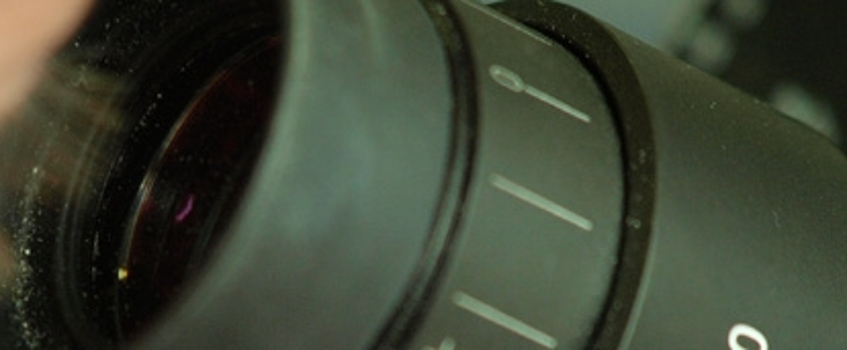As a knowledge-based institution, we develop new knowledge for education and society as a whole. As part of this, lecturers, lecturing researchers and students conduct practice-based research for businesses, government agencies and civil society organisations. The results of this research are implemented into our curriculum. Knowledge valorisation is a key item on our agenda: we take care to ensure that our newly acquired knowledge is of public value.
We conduct research within a number of research groups. The majority of these are part of one of our centres of applied research:
